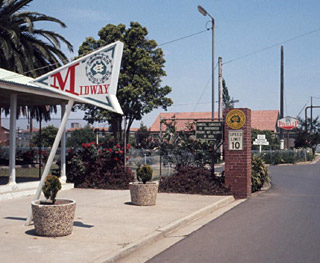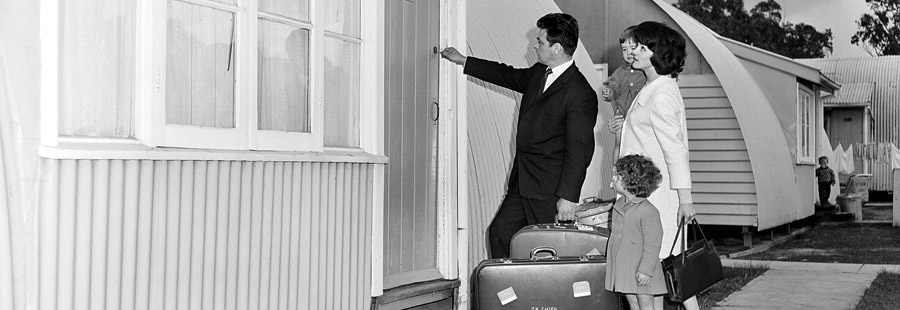Approach
What is social value? It’s a collective attachment to place that embodies meanings and values of importance to a community. The reasons for attachment may be spiritual, religious, cultural, political or derived from common experience. To satisfy accepted definitions, it is generally recognised that places of social value must be valued by a present day community, and that the community group is identifiable.
The idea has been around for decades. Social value was recognised in the Australian Heritage Commission Act 1975, the first piece of Commonwealth legislation to manage natural and cultural heritage in Australia. But it wasn’t until the late-1980s that meaningful engagement with the issue gathered momentum, as reflected in amendments to the Burra Charter in 1999 to recognise that significance may be embodied in use, associations and meanings.
The applied reality of social value has been more problematic. For many, social value is perceived as ‘different’ to other values. While there may be a static dimension to historic, scientific and aesthetic values, social value is dynamic and is understood by many as a process of valuing heritage places. As a consequence, it is transient and resistant to formalisation. Existing place-based legislation has limited capacity to prevent a change of use where the existing use is no longer viable. The management of access to heritage places is also outside the control of the current system. These issues routinely come up when seeking to manage social value.
We believe that social value should not be understood as singular — it is a composite of factors, including the nature of the community for whom a place is valued (formal/informal, small/large, area-based/online, united/divided), the intensity of the community’s association with it and the length of that association. In the past, the conflation of these aspects has often been part of the challenge in understanding and managing social value.
Breaking down the idea in this way helps recognise that social value can vary appreciably. It may be latent within a community. Or it might be conscientiously expressed and central to a community’s identity. Equally variable is the potential for a community group to play an active role in managing social value. Some groups have formal hierarchies and recognised leaders, others do not.
There is also a need for a systematic approach to the collection of evidence. At present, there is limited guidance on what evidence is required to support the identification of social value, and how and by whom the evidence should be collated. Guidance on the use of digital sources as legitimate evidence is similarly lacking.
Based on recent experience, methods for collecting evidence of social value may include a combination of background research, observation and direct engagement with community groups. Initial research can focus on the origins, composition and motivations of a group, and the association between the place and the group. This informs the approach to assessment, and the weighting of direct engagement with the community versus observation. The intent of this approach is to understand the nature of the community and to draw out special meanings.
Another challenge is the management of social value: critically, the extent to which management outcomes rely on physical fabric.
We believe that there are opportunities to progress the analysis and application of social value in heritage practice. Our response is informed by an understanding of the value itself, and of existing statutory processes. The need to operate outside statutory processes is also becoming increasingly evident.
Adam Mornement
Heritage Council guidelines : http://heritagecouncil.vic.gov.au
top photo : Midway & Phillip Migrant Hostels, courtesy National Library of Australia
Case study

The 2015 conservation management plan for the former Midway and Phillip combined migrant hostels presents an endorsed heritage strategy to manage the social value of the heritage place, which belongs to a typology with relatively little heritage recognition in Australia. The hostels were once integral parts of the post-World War II immigration programme that helped shaped the cultural mix of the country. The first generation of migrants that passed through them has a certain level of attachment. The second generation has a strong level of attachment. It’s not yet clear if the third generation is attached. More on Midway & Phillip Migrant Hostels >
photo : courtesy National Library of Australia

